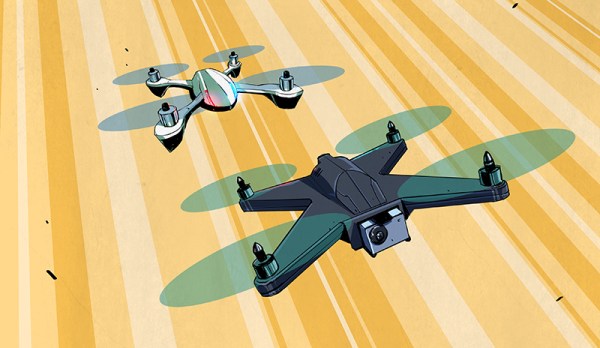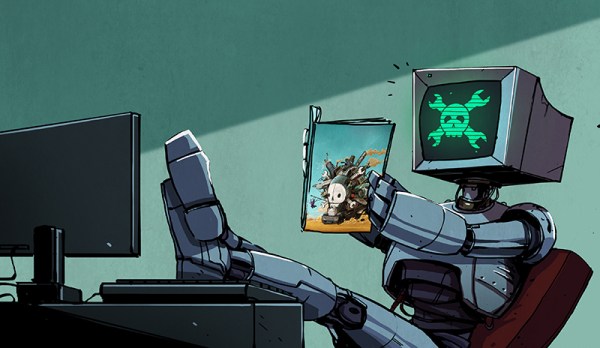The US Department of Transportation and the FAA have just released their guidelines that require registration of Unmanned Aerial Systems. This is the regulation that covers model aircraft, drones, quadcopters, and flying toys of all kinds. These rules have been anticipated since last month to be in place for the holiday season.
As expected, the FAA is requiring registration for all aircraft, regardless of being ‘model’ aircraft or not, weighing more than 250 grams (0.55 pounds) and less than 55 pounds. The maximum weight is a holdover from previous regulations; model aircraft weighing more than 55 pounds were never really legal without a permit. It should be noted that anyone can build a quadcopter with cameras and video transmitters weighing less than 250 grams. These quadcopters are not ‘toys’ by any means, but are not required to be marked with a registration number and the pilot is not required to actually register. As expected, most rules governing the actual flight of these aircraft remain in place – don’t fly above 400 feet, don’t fly within five miles of an airport.
Registration is by pilot, not aircraft, and costs $5. A registration number must be put on every aircraft the pilot owns, and penalties for not registering can include up to $27,500 in civil penalties and up to $250,000/3 years imprisonment in criminal penalties. The full rules are available in this 200-page PDF. As with most government regulations, there will be a 30-day RFQ period beginning December 21st on regulations.gov. The docket number is FAA-2015-7396.




 Inside the second edition of the Hackaday Omnibus is 128 pages of actual, real content. There are zero ads, no sponsored content, and absolutely nothing that tells you to go out and buy something. Opening it is an experience unlike anything. Where can you read something for minutes at a time with no interruptions, no email, no Twitter, no Facebook, no text messages, and no ads? You won’t find something like this anywhere else.
Inside the second edition of the Hackaday Omnibus is 128 pages of actual, real content. There are zero ads, no sponsored content, and absolutely nothing that tells you to go out and buy something. Opening it is an experience unlike anything. Where can you read something for minutes at a time with no interruptions, no email, no Twitter, no Facebook, no text messages, and no ads? You won’t find something like this anywhere else.












